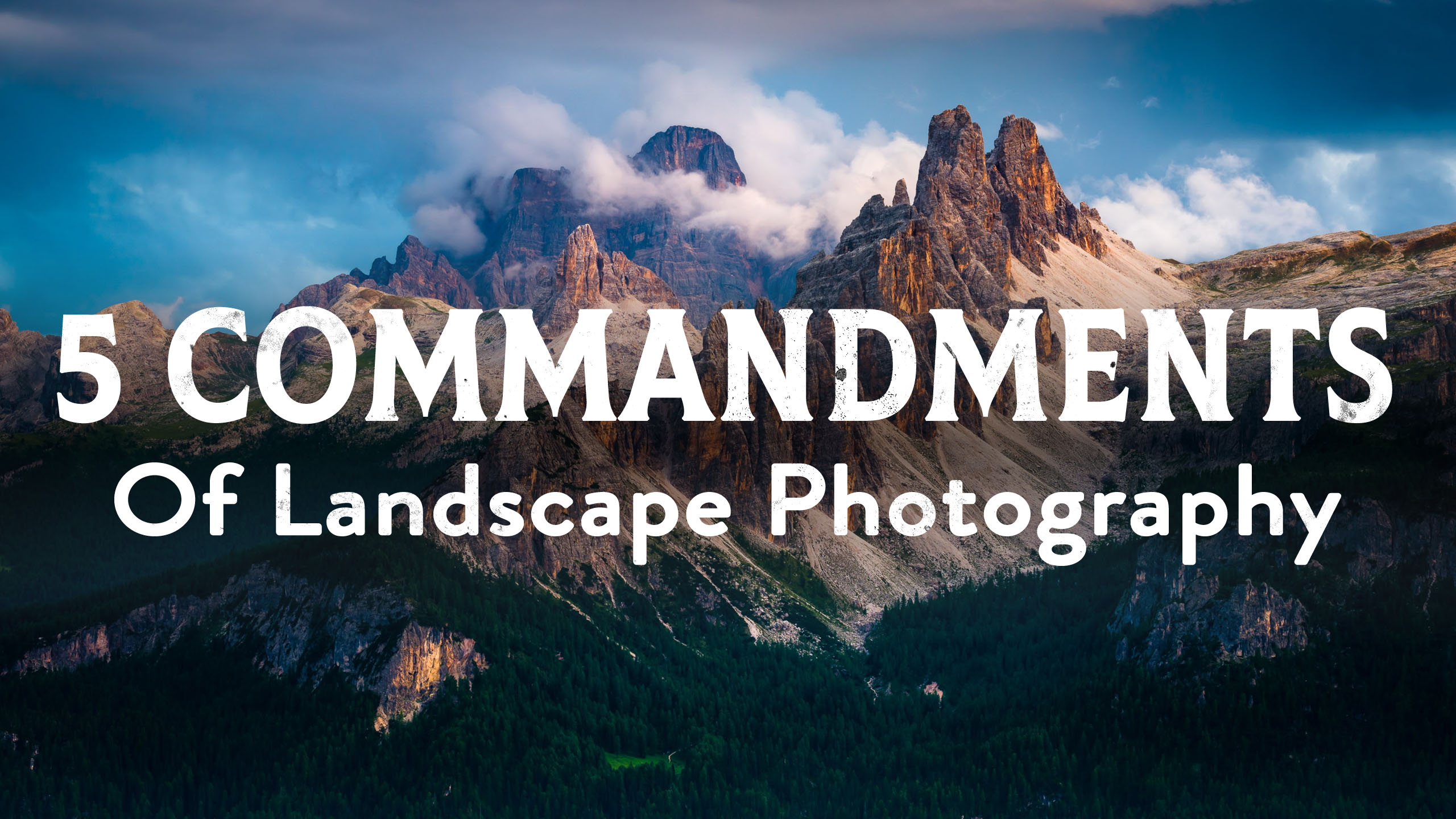
The 5 Commandments of Landscape Photography (Do These Or Fail)
It is a major challenge to be prescriptive with art, right? Whenever I’m teaching workshops and I get questions like, is this the best focal

It is a major challenge to be prescriptive with art, right? Whenever I’m teaching workshops and I get questions like, is this the best focal
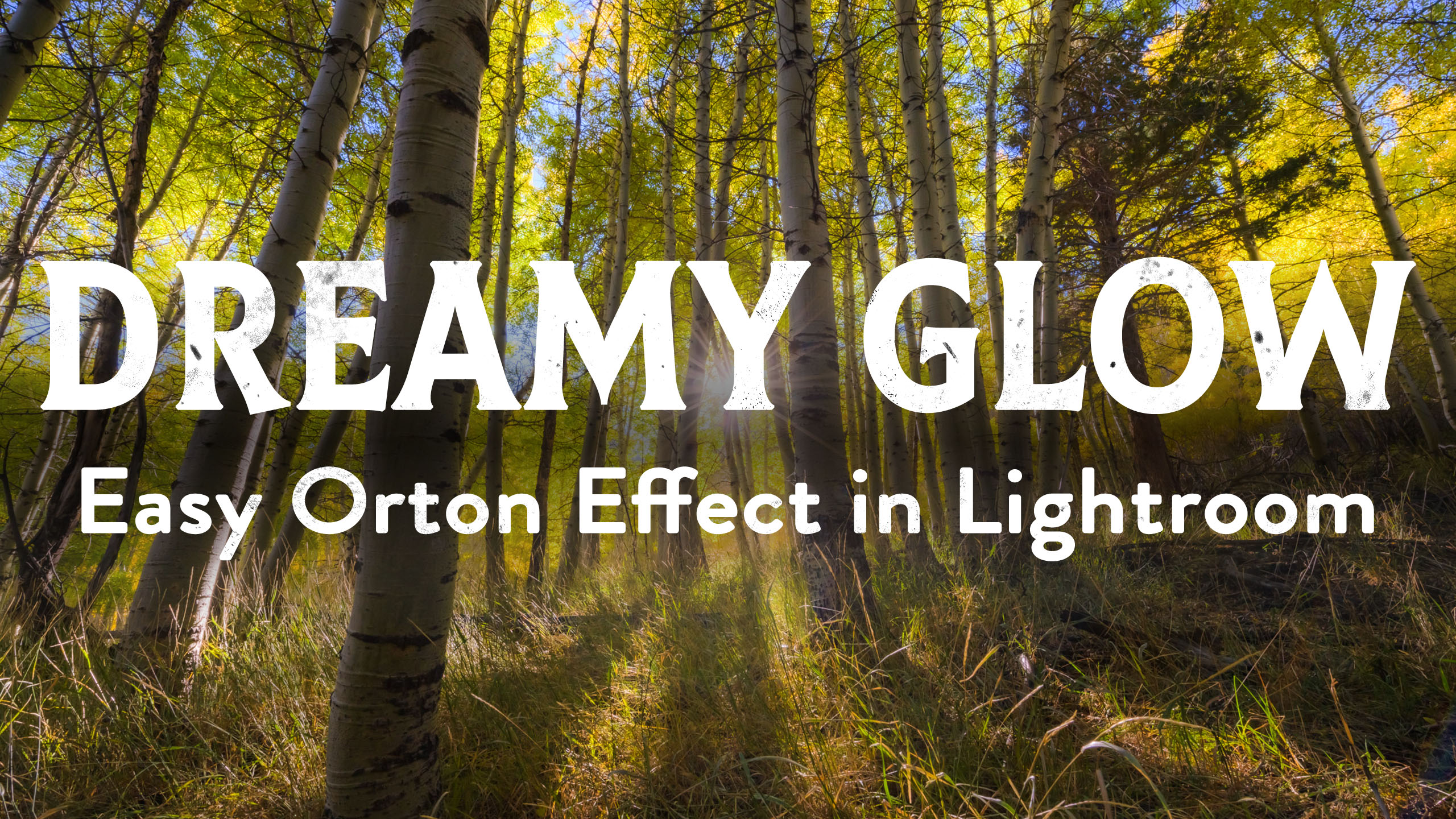
If you’ve ever come across a photo online that has a really nice, soft, glowy effect to it and you’ve wondered how the photographer managed

This is going to sound really weird, but one of the biggest mistakes I see with landscape photographers is that they’re constantly trying to get
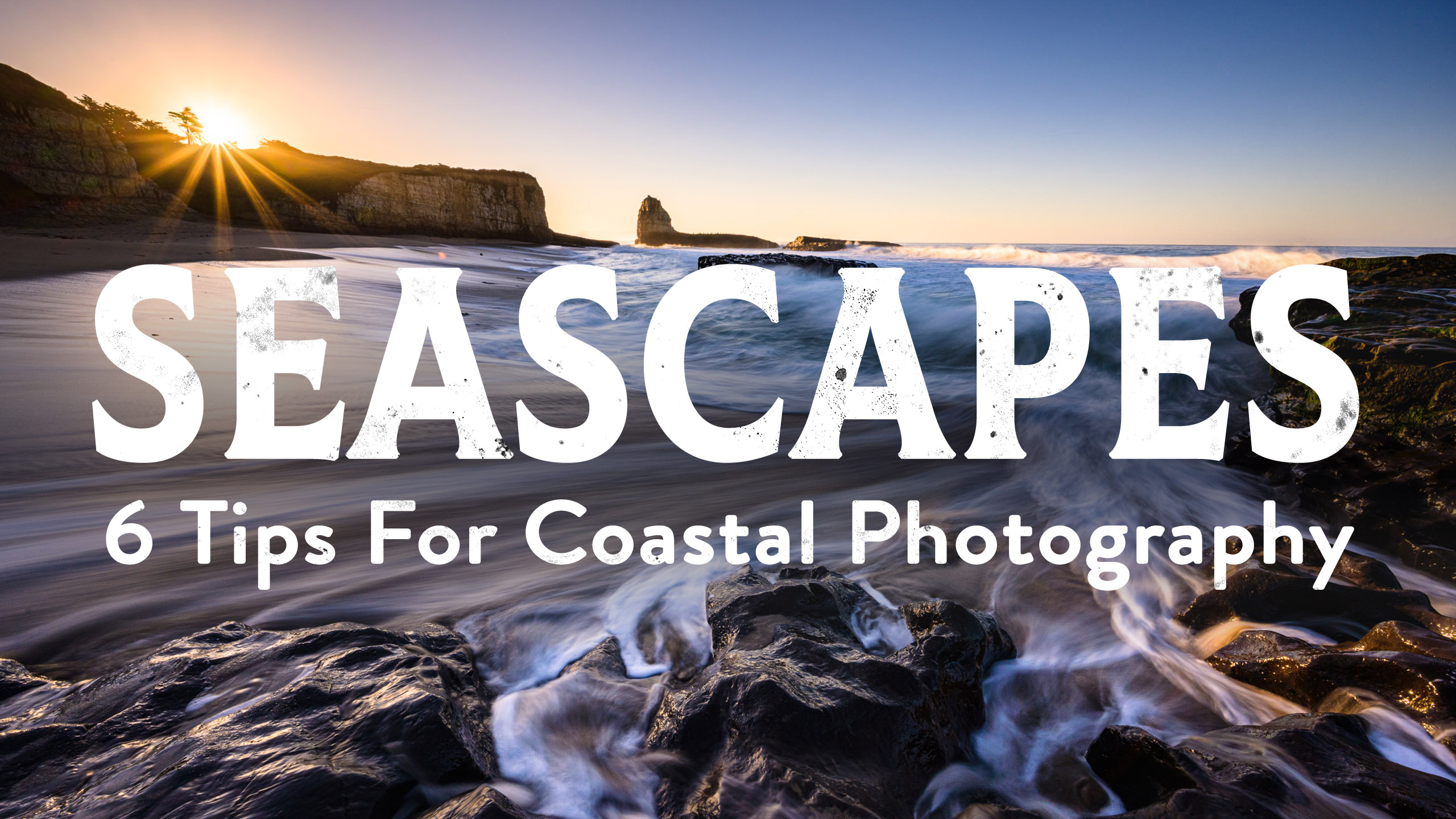
I spent some of my most formative years as a photographer shooting along the coast, striving to capture it in photos and dodging many a
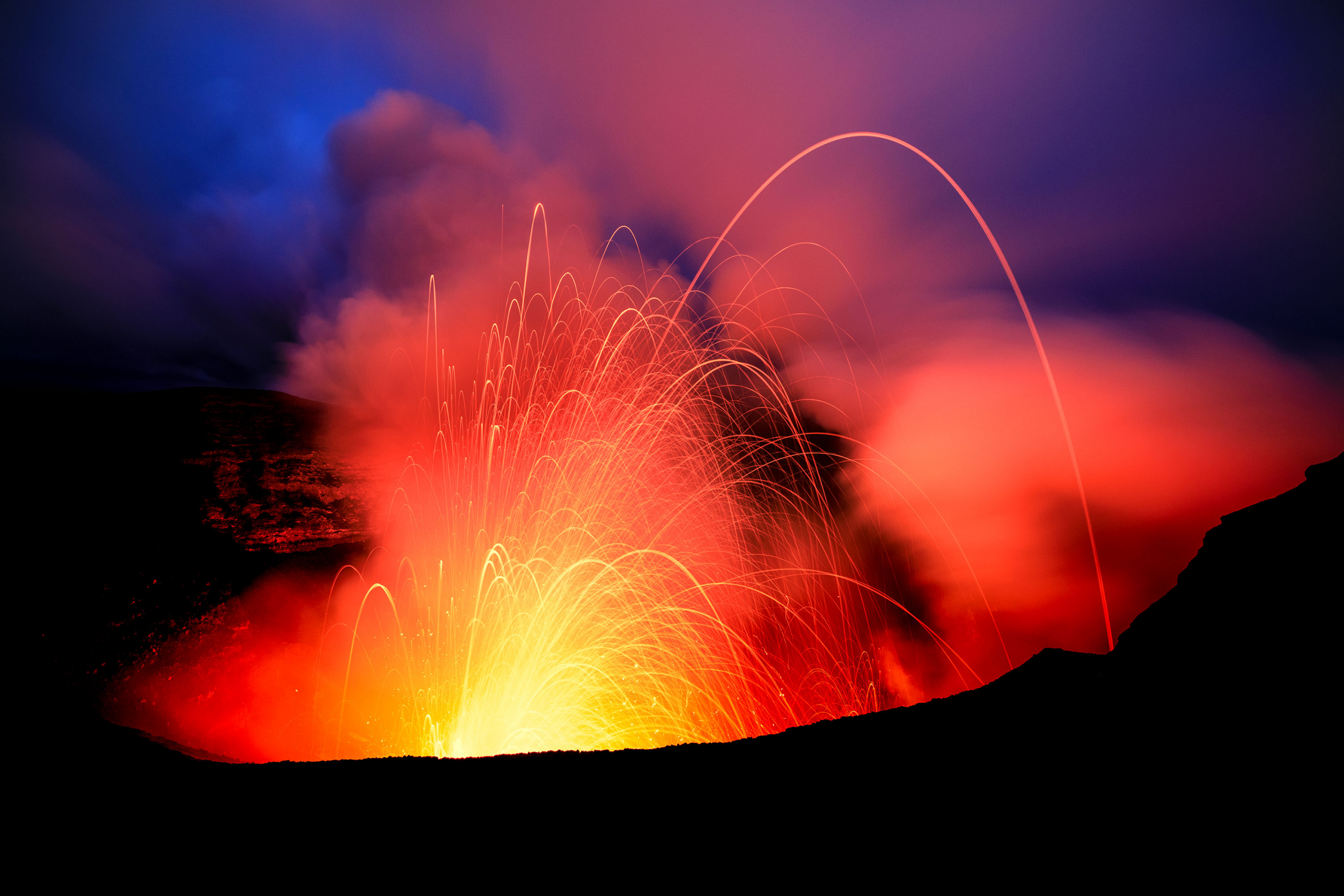
Right. You always gotta be thinking about how you can take things up to the next level. You can’t just rest on your laurels. If
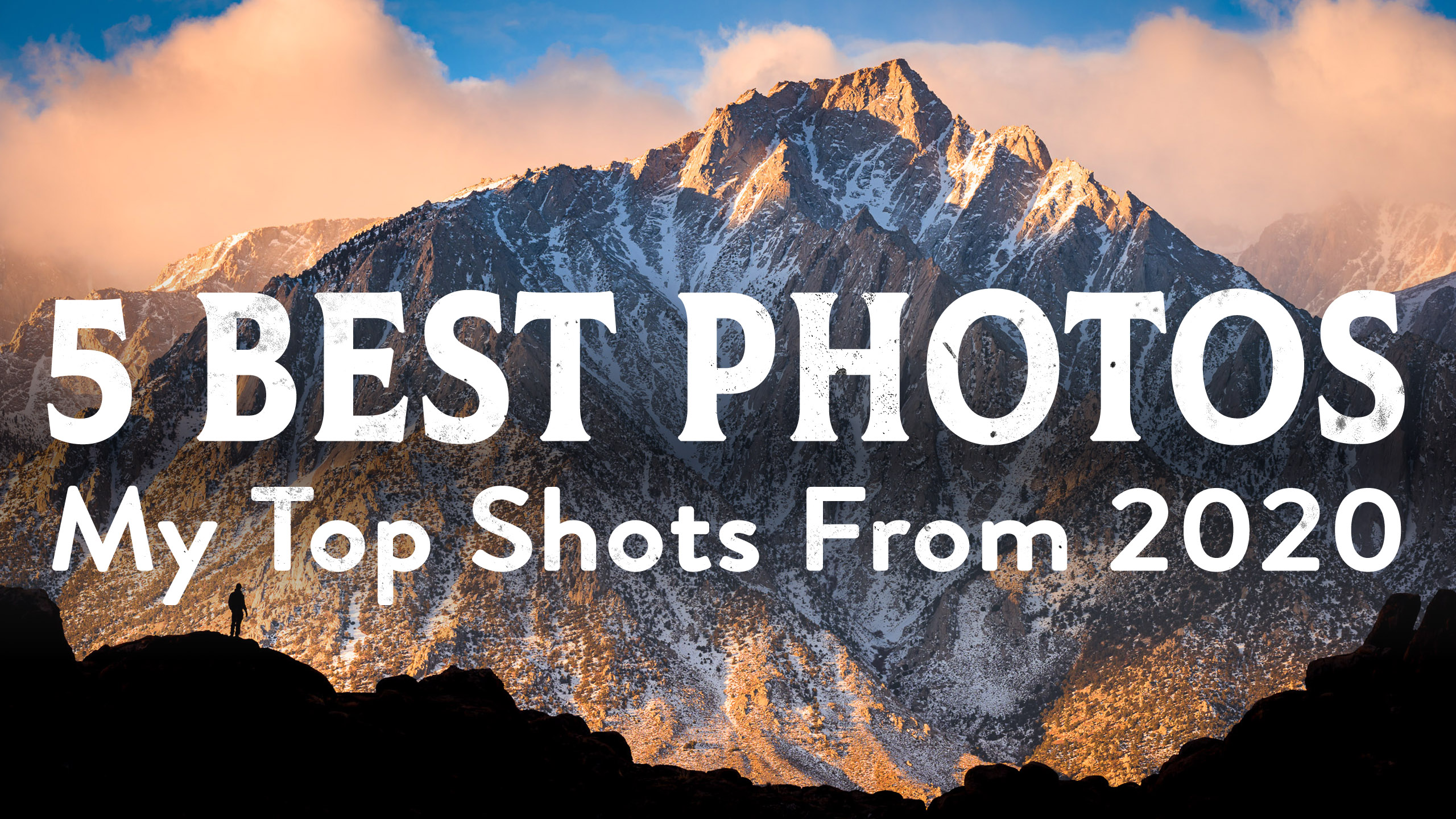
2020! At times, it seemed like it would never end, but here we are, we’ve made it to the end, Holy cow. And it’s on
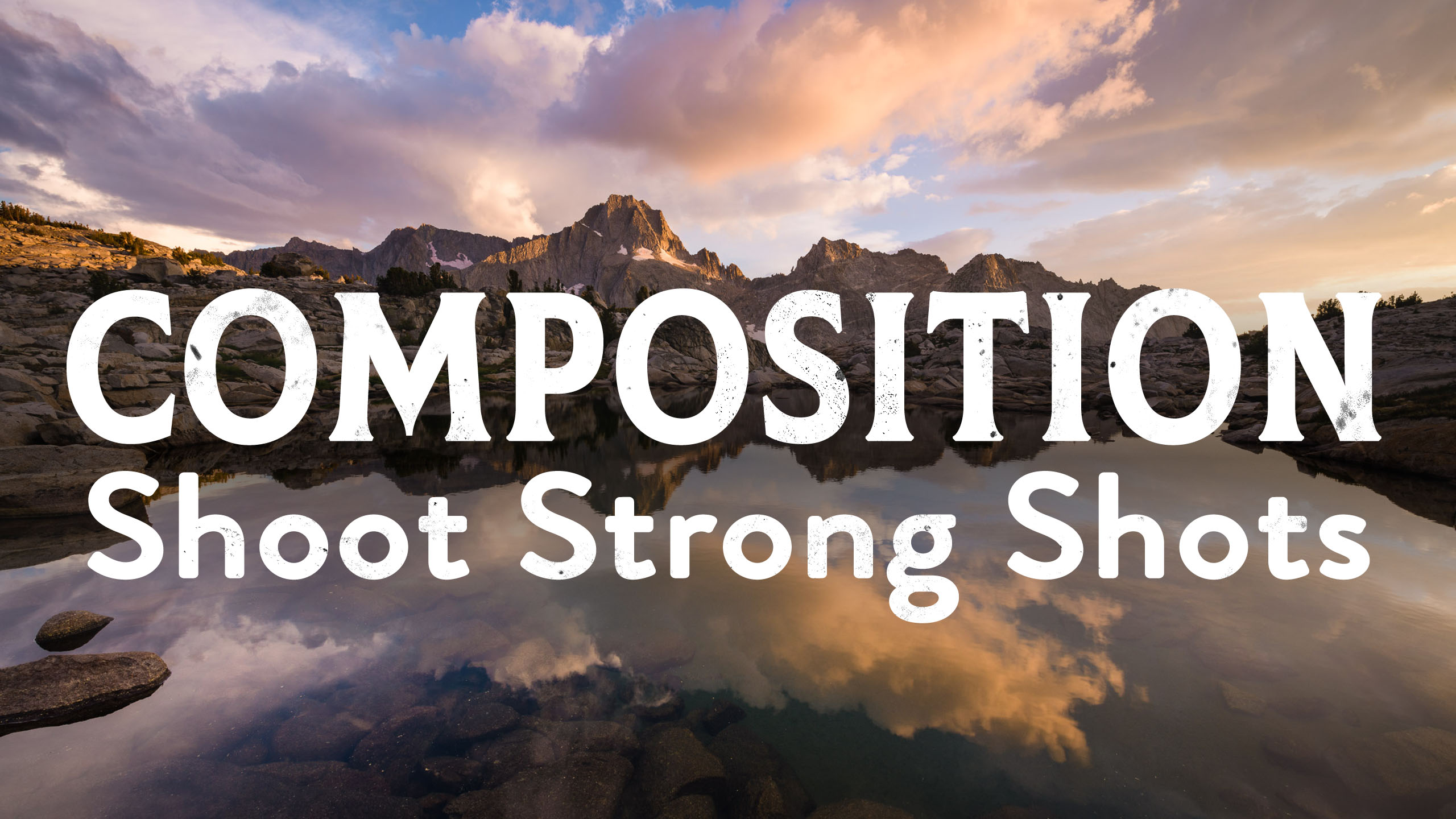
Here’s a question for you: How do you tell captivating stories with your landscape photography that tell your viewers what you want them to know
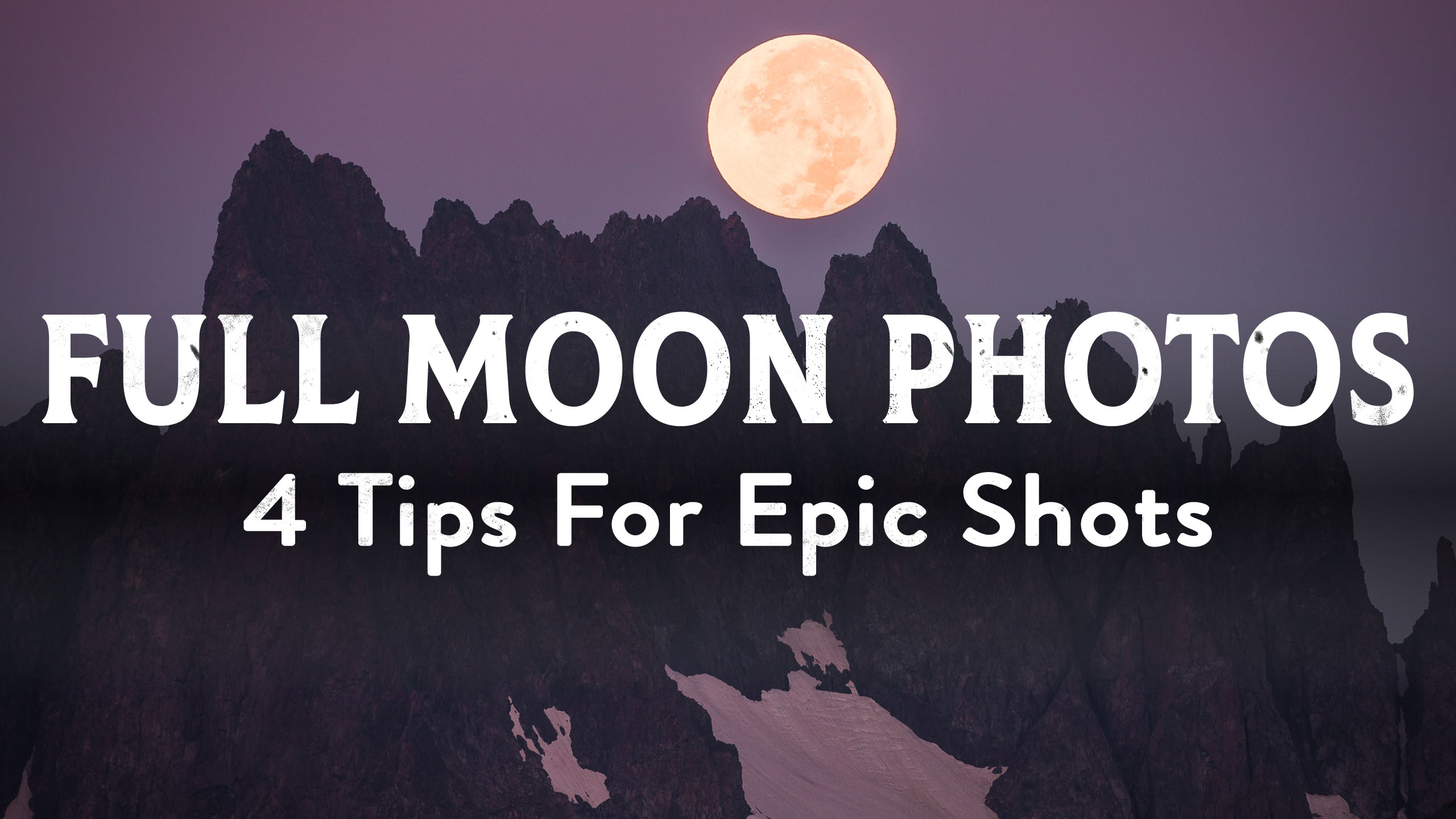
Hello my excellent friends. If you’ve been following me for any amount of time, you know that the full moon is one of my favorite
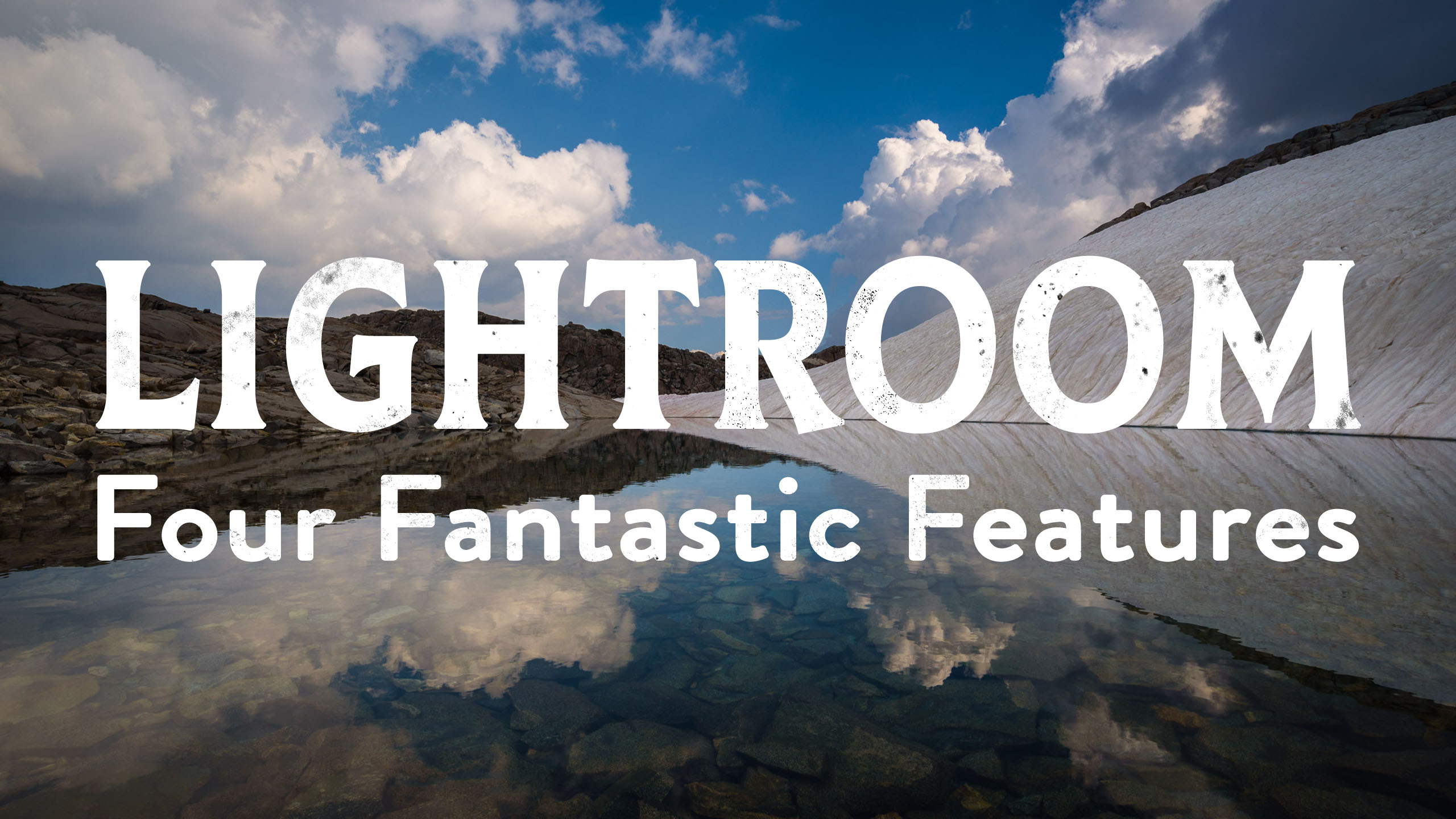
Hello my excellent friends! It’s Josh Cripps here. Now I like many of you use the Adobe suite to edit my photos. And in particular,
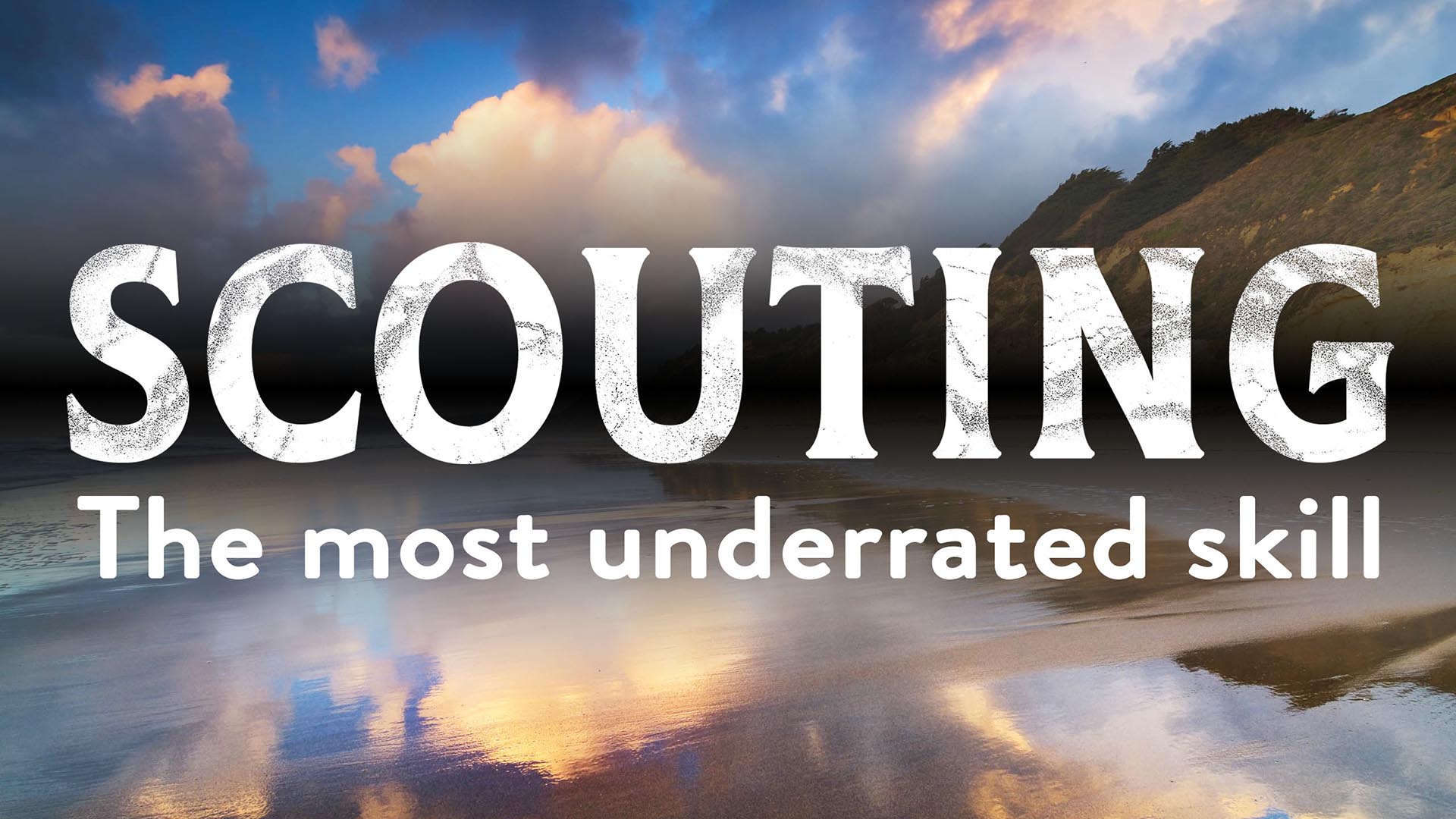
If I could recommend one thing to you that would make the biggest difference in your landscape photography. It wouldn’t be to buy a new
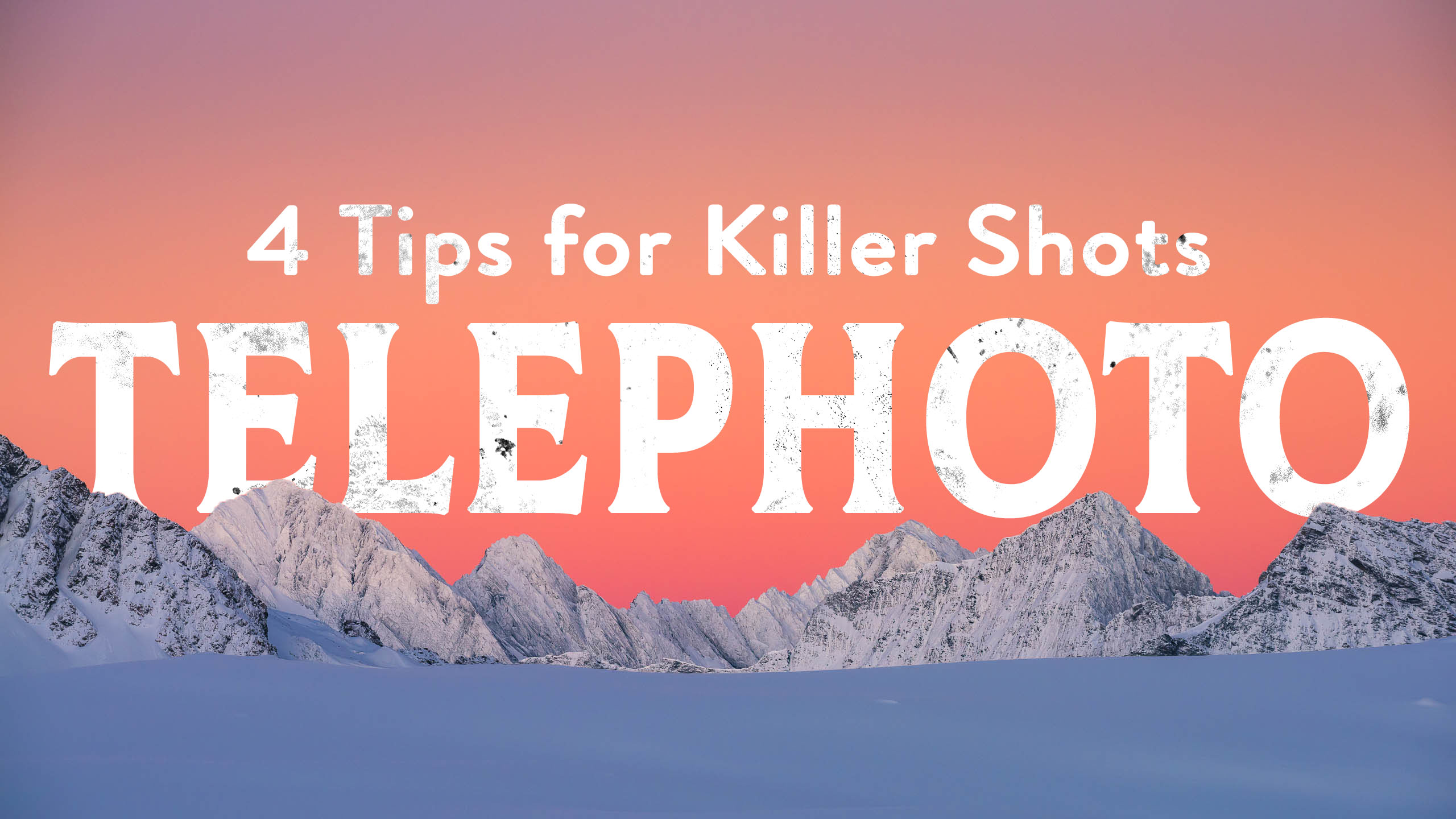
Hey. So as you can see, I’ve got a bunch of lenses lined up here on my desk. And if you had to guess, which
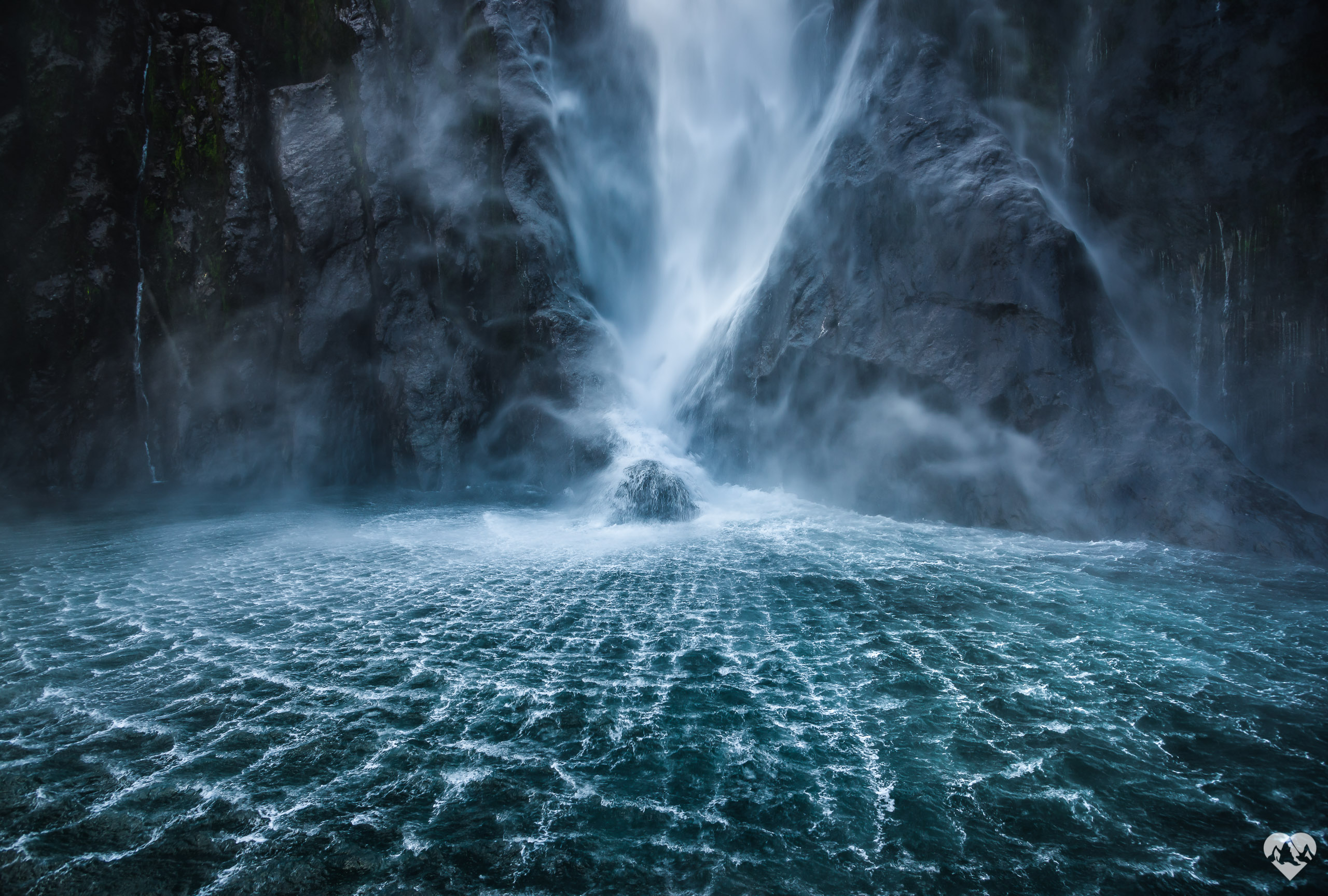
How I Got The Shot: Stirling Falls, New Zealand Behind the Scenes Landscape Photography
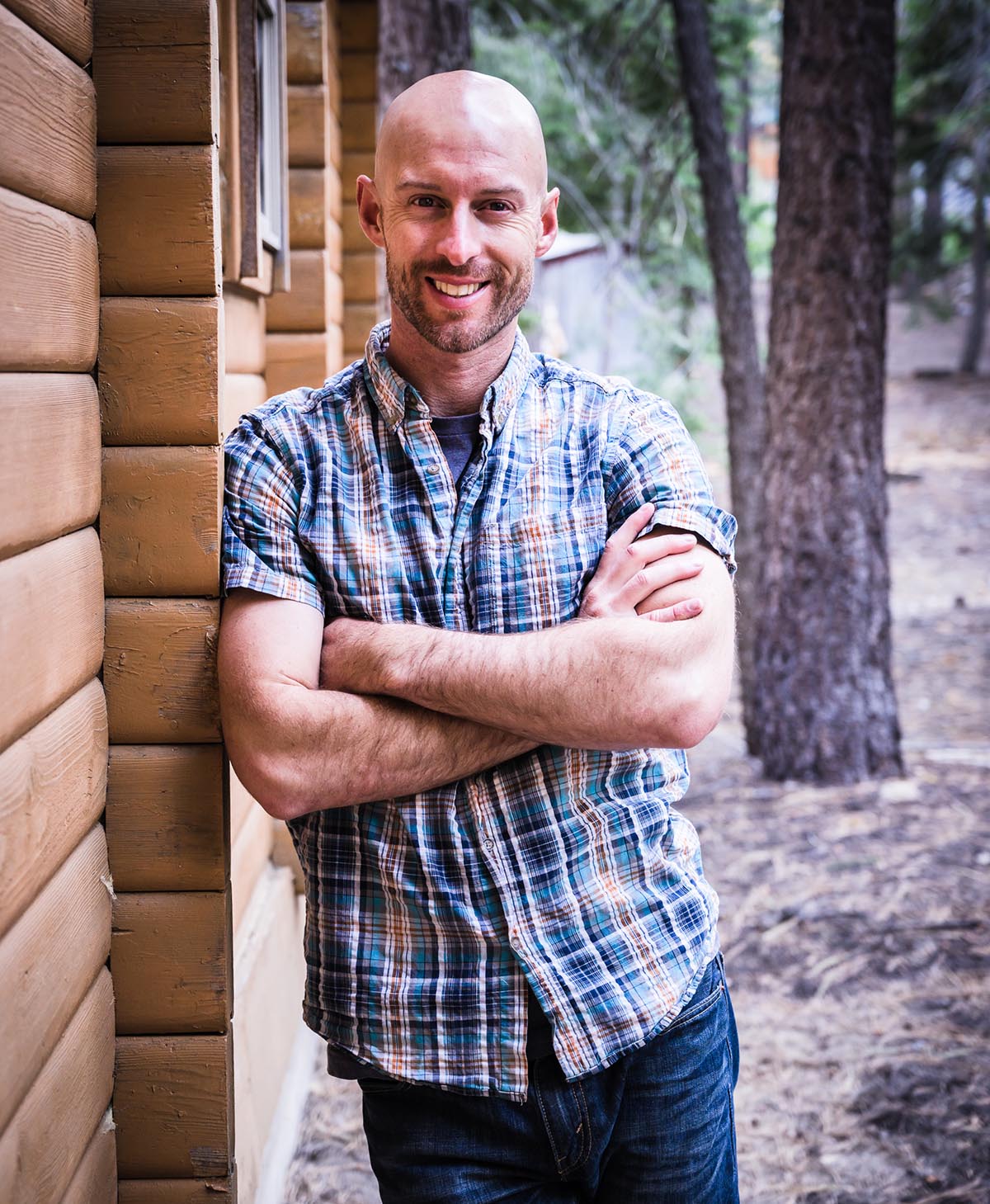
Joshua Cripps is a renowned landscape photographer who has garnered worldwide acclaim for his breathtaking images of our planet’s wild places. His photos have been published by the likes of National Geographic, NASA, CNN, BBC, and Nikon Global.
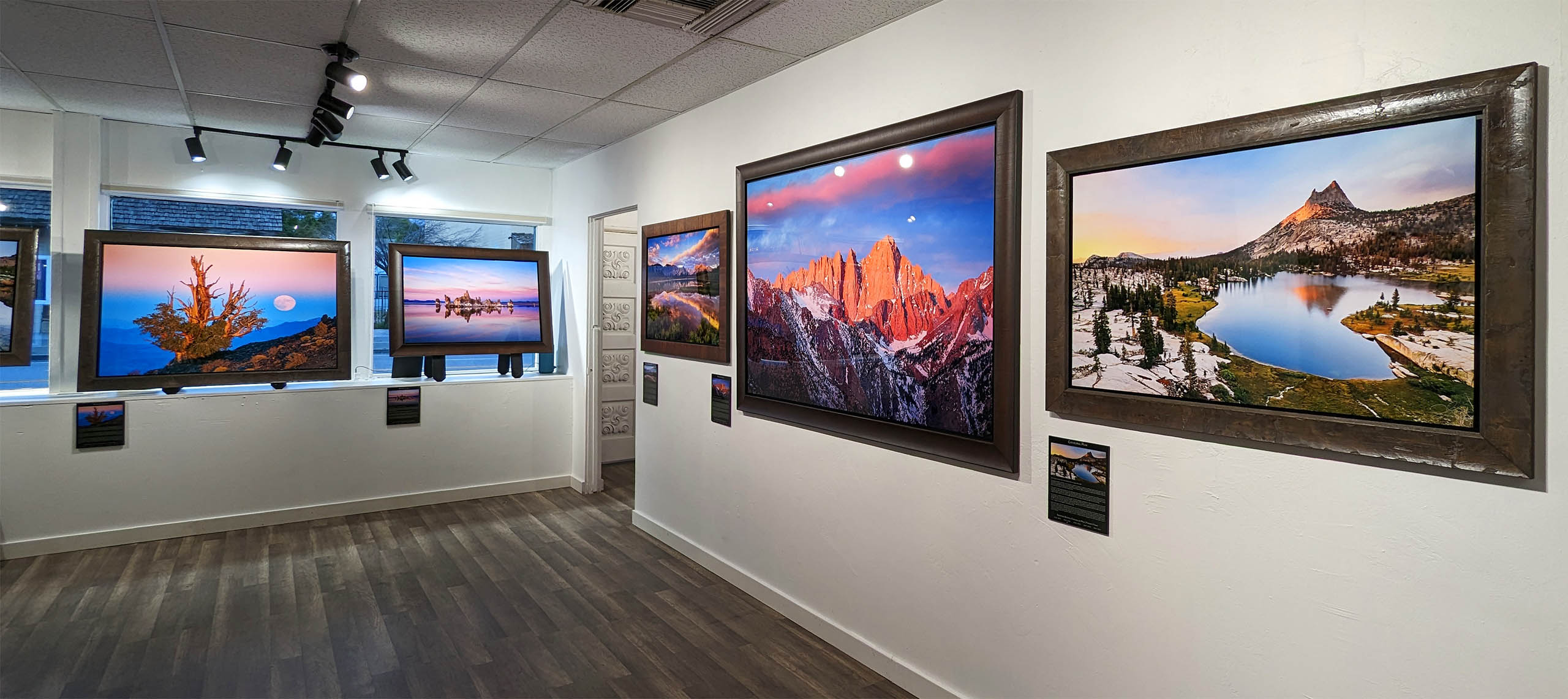
The Mt. Whitney Gallery was founded in 2023 by Joshua Cripps as a way to share his passion stunning landscapes of the Sierra Nevada and beyond.
Set at the foot of the breathtaking Sierra with a view of the range’s highest peaks, the gallery features large format, museum-caliber fine art prints of Josh’s signature photographs.
Course Login | Results Disclaimer | Terms and Conditions | Privacy Policy
© Copyright – Joshua Cripps Photography
